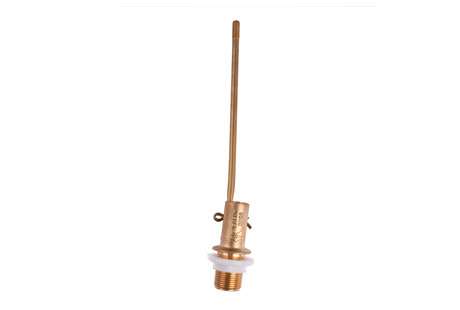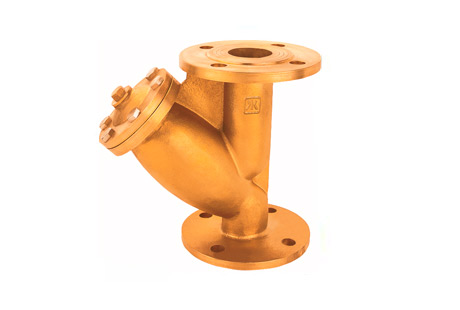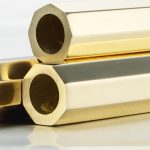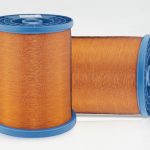With the rise of new energy vehicles, their internal structure has shown marked differences compared to traditional vehicles. It is important to understand that vehicles vibrate while driving. This necessitates that the overall structure of the busbars in new energy vehicles be flexible, to more effectively counteract the impact and damage of vibrations on the battery cells and other electrical components during driving. Layered busbars are used as an efficient and reliable interconnection solution among the various relays and fuses in the power distribution phase of new energy vehicles. Flexible copper straps, as a key conductive component, present a stark contrast between old and new generations of vehicles. Next, we will conduct an in-depth comparison of flexible copper straps for new energy vehicles and traditional copper straps from the perspectives of design, performance, and application.
Innovation in Design Philosophy
The design of copper straps for new energy vehicles introduces the concept of flexibility. These flexible copper straps, especially layered soft copper straps, are made by stacking multiple layers of copper foil or copper sheets and then compressing them using advanced welding technology. This design keeps the two ends of the copper strap firm, while the middle part is remarkably flexible, effectively dealing with various vibrations generated during driving and adequately protecting the battery cells and other sensitive components.
In contrast, traditional copper straps mostly utilize the "flattening-drawing-annealing" process. Although this process can produce busbars that meet general needs, it often falls short of the stringent requirements of new energy vehicles regarding surface quality and electrical performance.
Upgraded Performance Requirements
Flexible copper straps for new energy vehicles also have higher performance demands. They not only need to possess excellent electrical and thermal conductivity but also outstanding corrosion and flexibility resistance as well as sufficient mechanical strength. These performance enhancements are necessary to ensure that new energy vehicles can operate stably and safely under extreme conditions of high current, high voltage, and high temperature.
While traditional busbars also seek good electrical and thermal performance, their requirements in terms of corrosion resistance, flexibility, and mechanical strength are relatively lower, making them less suitable for the specific needs of new energy vehicles.
Expansion of Application Areas
The application fields of flexible copper straps for new energy vehicles are also broader. They are not only used in core components such as battery packs and motor controllers of electric vehicles but also play a crucial role in the electrical systems of the whole vehicle. These applications place higher demands on the performance and reliability of flexible copper straps.
In comparison, traditional busbars are mainly used in conventional electrical equipment, such as power distribution cabinets and switch cabinets. Although these applications also require stable current transmission, their requirements are relatively low compared to the complex environment of new energy vehicles.
In conclusion, there are indeed significant differences between flexible and traditional copper straps in terms of design philosophy, performance requirements, and application areas. Jintian Copper boasts a team of skilled professionals and engineers who have extensive knowledge of copper strips and their applications. Jintian Copper will help you choose the appropriate and cost-effective flexible copper strap and provide professional advice and planning for you.

 English
English 日本語
日本語 한국어
한국어 français
français Deutsch
Deutsch Español
Español italiano
italiano العربية
العربية tiếng việt
tiếng việt Türkçe
Türkçe ไทย
ไทย 中文
中文





